
Thomas Wentworth Higginson appears in the "Portraits of American Abolitionists" collection a total of six times. The portraits represent a chronological documentary of Higginson as he ages from an adolescent to an elder. Watching Higginson age through this sequence of portraits inspires us to inquire further into his contributions to the antislavery movement in nineteenth-century America.
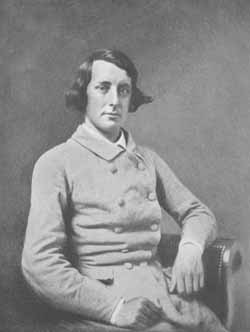 Thomas Wentworth Higginson
Thomas Wentworth Higginson
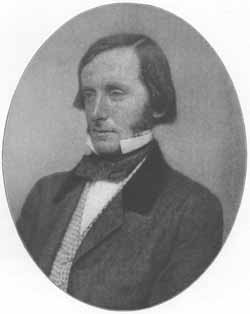 Thomas Wentworth Higginson
Thomas Wentworth Higginson
 Thomas Wentworth Higginson
Thomas Wentworth Higginson
Thomas Wentworth Higginson was born in Cambridge, Massachusetts on 22 December 1823. He entered Harvard College in 1837. After graduation he was admitted to Harvard Divinity School, graduating in 1847. He became a Unitarian minister in the politically conservative town of Newburyport, Massachusetts. After four years in this position, Higginson was purged from his office due to his liberal positions on social issues. Higginson's further endeavors range from prolific authorship, a period of employment as a schoolteacher, a political career as a Republican representative from Cambridge, and a colonel in the Union Army during the Civil War. As colonel he led a regiment of formerly enslaved people from South Carolina against the Confederacy. Along with the Fifty-fourth Massachusetts Regiment, Higginson and the First South Carolina Volunteers were involved in the attack on Fort Wagner, South Carolina.
Higginson was an agitator for social and political equality in an era when American politics were igniting under the tension between deteriorating North-South relations. He often spoke in favor of women's rights. In 1853 he published "Woman and Her Wishes" in a journal titled, Una. He also encouraged women to become more active as authors. He attracted the attention of Emily Dickinson, who sent him a collection of her poems as a sign of her appreciation for his activism. Higginson co-edited a collection of Dickinson's poems after her death in 1886. He also spoke at her funeral.
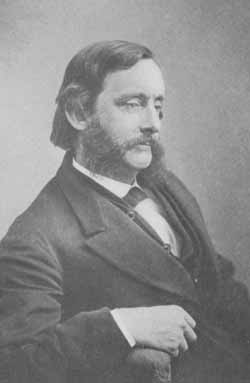 Thomas Wentworth Higginson
Thomas Wentworth Higginson
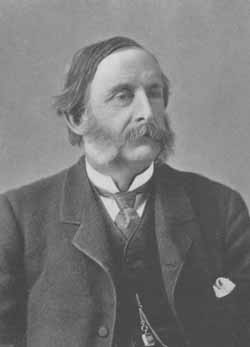 Thomas Wentworth Higginson
Thomas Wentworth Higginson
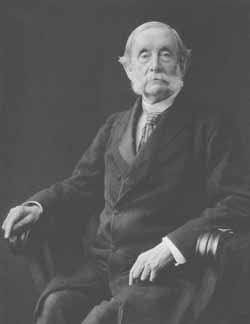 Thomas Wentworth Higginson
Thomas Wentworth Higginson
Perhaps Higginson is best known for his alignment with antislavery movements. In 1850 Higginson called for residents of Massachusetts to ignore the Fugitive Slave Act, a congressional compromise with the southern politics that called for freedom seekers living in the North to be returned to bondage in the South. In 1854 Higginson attempted to break a jailed fugitive out of the Boston Court House. In 1855 he supported Kansas's admission into the Union. He was a member of the "Secret Six," a group of abolitionists that offered financial support to John Brown and the insurrection at Harper's Ferry, Virginia. Thomas Wentworth Higginson died in Cambridge on 9 May 1911.